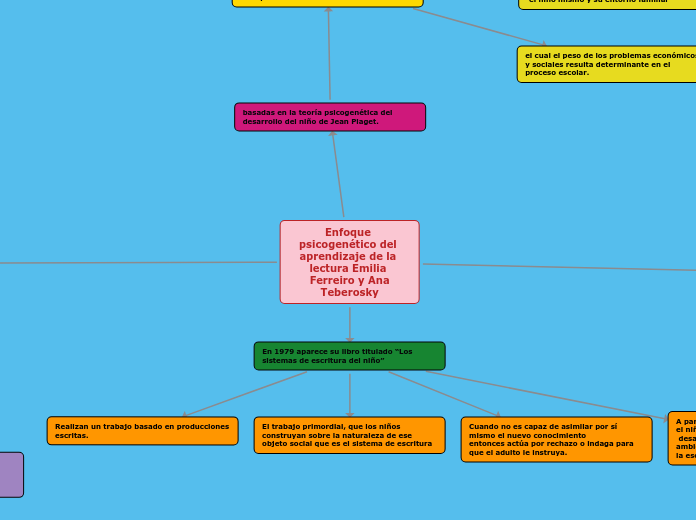Trastorno específico de aprendizaje
To name your story, you have to think about the overall message and what you want your audience to understand from the story. Also, make it relevant and easy to remember.
Escritura
representa un sistema de mediación semiótica en el desarrollo psíquico humano.
Implica
Un proceso consciente y autodirigido hacia objetivos definidos previamente.
Para determinar un trastorno específico de aprendizaje, el DSMV determina los siguientes signos y síntomas:
In the beginning of the story (or the exposition), you will need to introduce the setting and characters. You might also want to introduce the main conflict. This part of the story is important because it gives the reader necessary background information and maybe even a first insight into a character’s personality.
Dificultades con la expresión escrita.
Comete múltiples errores gramaticales o de puntuación en un oración.
Dificultades ortográficas.
Puede añadir, omitir o sustituir vocales o consonantes.
Dificultad para comprender el significado de lo que lee.
The setting (time & place) of a story can change throughout the plot.
Sensory details include sight, sound, touch, smell, and taste. These details are important because they create depth in your setting.
See a few examples below:
- the smell of fresh bread
- the scent of freshly cut grass
- rain falling onto the windshield etc.
Puede leer un texto con precisión pero no comprende la oración.
Lectura de palabras imprecisa o lenta y con esfuerzo
Characters are essential to a good story. Usually, the protagonist(s) is/are the most affected by the plot. Introduce a character by focusing on their actions, interests, and occupation, as the physical appearance doesn't make a difference in most cases.
Ejemplo:
Type in the name of your character.
Lee palabras sueltas en voz alta incorrectamente o con lentitud
What is your character's main goal?
fight Evilfind lovedefeat his/her enemyrule the worldmake friendstime travelmake an awesome discoveryOther
Lectura
The ending of a story is essential. We all know that if the ending is weak, what happened before loses its importance. So make it unpredictable, but fair. A resolved ending answers all the questions and ties up any loose threads from the plot.
La lectura entendida como traducción comprensiva de una imagen o signo visual.
This is the moment when the main character surpasses the last obstacle and finally faces their greatest challenge.
The climax usually follows one of these patterns:
- realization
- resolution
- choice
Type in your answer.
o
De una imagen tactilemática a una imagen fonológica .










